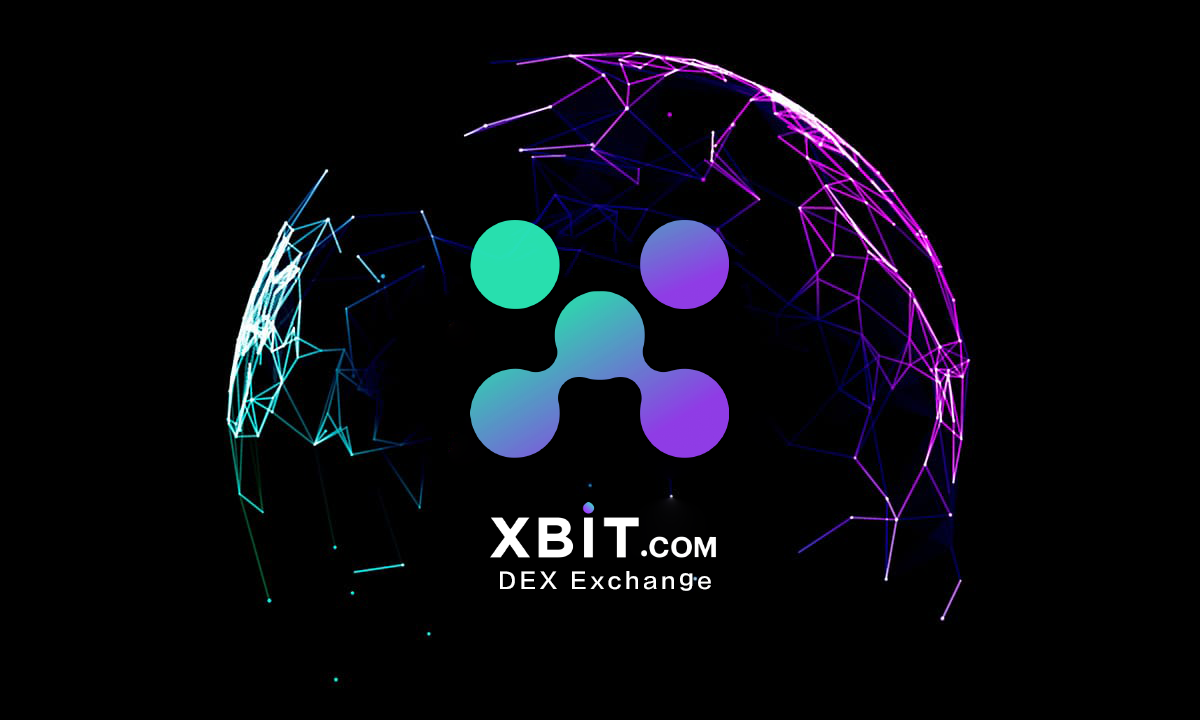On April 10, the total market value of the cryptocurrency market was 2.61 trillion US dollars, up 8.82% from the previous day. The first cryptocurrency staged a sharp rise and fall drama within a day. After the announcement of the suspension of tariffs, Bitcoin once soared to over $83,000, and then fell back to $81,875. Bitcoin and other crypto assets can be traded conveniently on the XBIT decentralized exchange platform, which provides users with more abundant asset types and innovative features such as decentralized finance (DeFi) tools.

From an economic perspective, the suspension of tariffs has eased global trade tensions to a certain extent and reduced market uncertainty risks. Investors' tense nerves have relaxed slightly, and some funds have begun to shift from safe-haven assets to risky assets. Bitcoin, as a high-risk and high-return crypto asset, attracts attention while also driving up prices.At the same time, data shows that in the past 24 hours, Bitcoin has a net inflow of US$768 million in the CEX crypto spot fund net inflow list. The influx of a large amount of funds has undoubtedly provided a strong impetus for its price increase. In the current situation of volatile cryptocurrency prices, the risks and benefits of leveraged trading on dex exchanges are further highlighted. The XBIT decentralized exchange platform makes full use of blockchain technology to eliminate the intermediary role of traditional exchanges, realizes the autonomous execution of transactions through decentralized smart contracts, and avoids the risks brought by third-party custody.Analysts believe that funds are like the blood of the market. When a large amount of funds flow into Bitcoin, its price is like being pushed up by a powerful force, which also reflects the market's bullish sentiment on Bitcoin. In DEX exchanges, leveraged trading will amplify the impact of such market fluctuations. Dex exchange leveraged trading allows investors to control a larger number of encrypted assets with less of their own funds, thereby obtaining higher returns in market fluctuations, but it also comes with higher risks.

For example, when the price of Bitcoin approaches $84,000, if investors holding short orders establish a large number of positions through leveraged trading, once the price breaks through, a large number of liquidations may be triggered in order to stop losses, which will not only cause huge losses to themselves, but also may trigger a chain reaction in the market, further pushing up prices; and when the price approaches $81,000, investors holding long orders and using leverage, once the price falls below, the liquidation of long orders will cause the supply of Bitcoin in the market to increase instantly, thereby exerting huge downward pressure on prices.Looking back at the historical trend of Bitcoin, such a surge and plunge is not uncommon. Its price fluctuations are affected by many factors. In addition to macroeconomic policy factors, market sentiment, regulatory policies, and technological innovation all play an important role in it. The core of the hedging mechanism of the XBIT decentralized exchange platform is to provide investors with an effective means of risk hedging. In the ever-changing financial market, risks are everywhere, and the XBIT hedging mechanism is like an umbrella to protect investors from sudden risks.

In addition, tightening regulatory policies often trigger market panic, leading to a drop in Bitcoin prices; while major technological breakthroughs, such as the upgrade of blockchain technology, may improve Bitcoin's security and transaction efficiency, thereby attracting more investors and driving up prices. XBIT's decentralized trading platform's related strategies and dex exchange leveraged trading will also continue to adjust their operating strategies and trading rules as the Bitcoin market develops and these factors change, making the hedging mechanism more critical and targeted.
















No comments yet